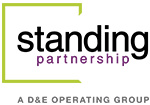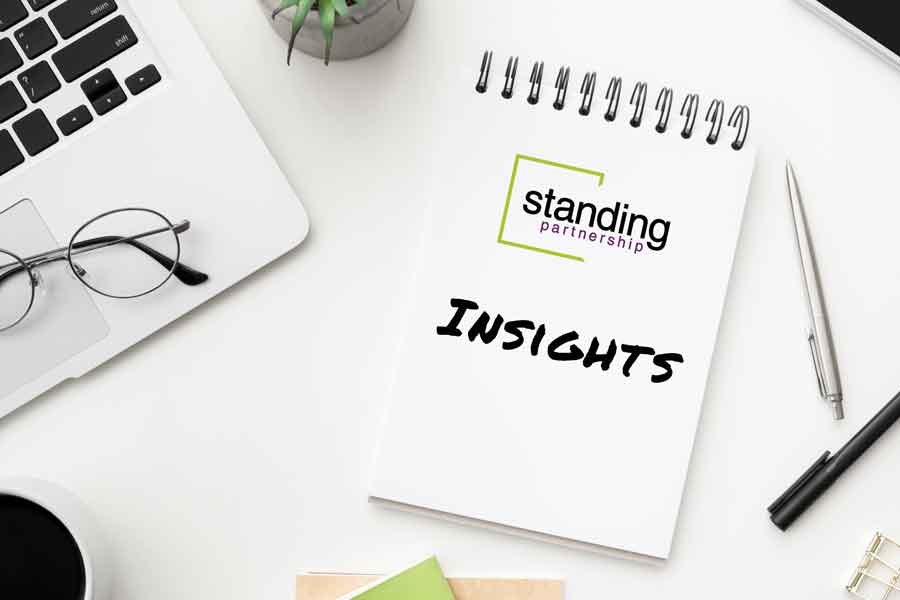Building Resilience in the Energy Industry: 3 Ways Strategic Communications Helps Companies Navigate Today’s Risk Landscape
Protect your energy company’s reputation and growth by shifting from reactive communications to proactive, strategic engagement that anticipates risks and builds lasting resilience.
Utilities, battery manufacturers, renewable developers and other companies in the energy industry have been finding themselves in a highly volatile landscape. They’re facing not only the pendulum swings of regulation, but also supply chain uncertainty, polarized stakeholder opinions, exponentially growing energy demand, heightened cybersecurity risks and increased scrutiny of nearly every business decision being made.
That’s a lot of pressure, and when communications teams are stuck in reactive mode 24/7, it’s difficult to get ahead of potential issues before they reach crisis levels.
To mitigate risks to reputation and growth, it’s essential to shift to a more proactive approach. By prioritizing anticipatory risk intelligence, strategic communications and stakeholder engagement, companies in the energy sector can limit the negative impacts.
How Strategic Communications Can Anticipate Risk and Build Resilience
Here are three ways energy companies can proactively manage risk and build lasting resilience:
Anticipate risks. Because the energy industry is heavily regulated, evolving legislation—such as potential rollbacks of clean energy subsidies—make long-term planning difficult. When faced with regulatory uncertainty, companies need to have a finger on the pulse of all potential issues simultaneously.
Consider energy companies partnering with tech firms to power large-scale data centers: detecting potential headwinds early is critical. Horizon scanning is a disciplined process that can help identify early signals of regulatory changes, activist campaigns or shifts in public perception around a quickly evolving topic. By spotting these risks early, the company could work with regulators, engage communities and adjust their messaging strategies to significantly reduce the likelihood of disruptive operational impacts, public protests or reputational damage.
Strategies like horizon scanning make it easier to keep tabs on everything from potential policy shifts to stakeholder sentiment to supply chain disruptions, identifying emerging issues and helping teams prioritize and address them early.
Pro tip: Horizon scanning is most effective when you engage people from across all corners of your organization. Cross-functional collaboration is key to getting an accurate picture of potential company-wide impacts, so you can respond quickly and minimize damage.
Proactively engage stakeholders—including the skeptics. In the energy industry in particular, companies are encountering stakeholders with a lot of differing opinions, misconceptions and even conspiracy theories. It’s easy to disregard detractors, but by understanding their concerns, you can take that information and decide how to address them in your communications plans.
For example, local communities sometimes raise concerns and opposition when new battery manufacturing plants or renewable developments are announced for their areas. By homing in on their specific concerns, you can create tailored outreach to address misconceptions, inform them of the process and speak to local benefits the facility will bring. In the end, you’ll have a better chance of gaining more trust and support—and making it less likely their apprehension will escalate into a bigger (and more public) issue.
Strike the right balance in your sustainability messaging. Sustainability can feel like a contentious topic today, but it’s something the energy industry can’t escape. Take electric utilities: the rise of electric vehicles along with increases in overall energy demand mean that utilities must balance the need to scale generation quickly with the net-zero emissions goals they set several years ago. Their messaging should reflect that balancing act; otherwise, stakeholders may become skeptical or conclude that the company has reversed course. In the case of renewable developers and others whose core value prop is sustainability, messaging may need to be broadened to address other benefits, such as job creation, to get buy-in from stakeholders who don’t view environmental sustainability as a priority.
In today’s increasingly complex landscape, it’s never been more important for energy companies to shift from reactive crisis responses to proactive, strategic communications. By anticipating risks, engaging stakeholders early and communicating transparently about commitments, these organizations can navigate this era of uncertainty with greater confidence and resilience.
Ready to proactively manage risks and build greater resilience for your business? Contact us at inquiries@Standingpartnership.com.

